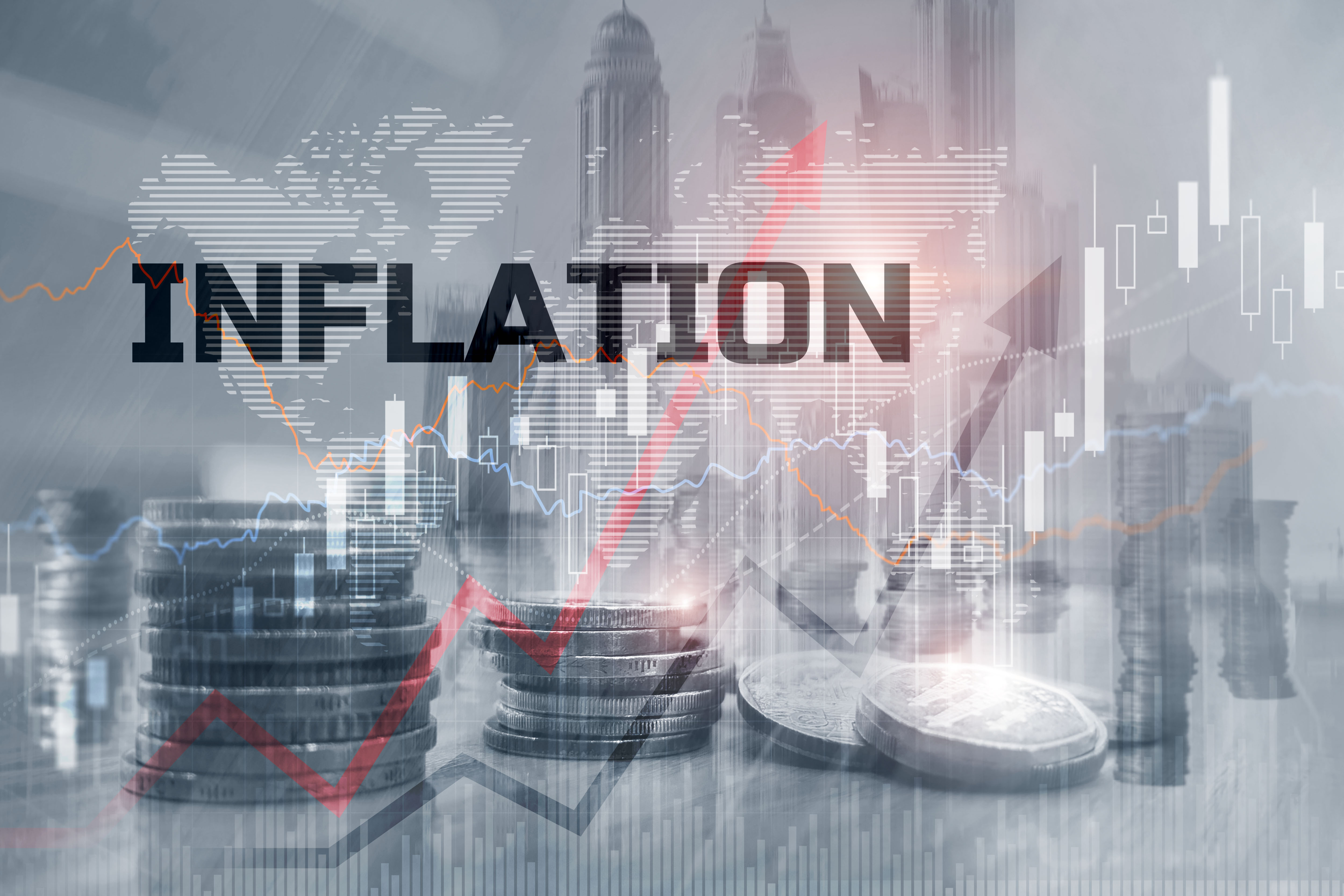Overall, this report will do little to change the Fed’s recent communications that core inflation remains too strong to contemplate shifting to rate cuts any time soon.
The numbers: The cost of living rose a scant 0.1% in November thanks to lower oil prices, but another key measure of inflation showed higher costs of other goods and services such as rent and used cars.
Economists polled by the the Wall Street Journal had forecast a second straight flat reading in the consumer-price index.
If food and gas are set aside, so-called core consumer prices rose a somewhat sharper 0.3% last month and matched the Wall Street forecast. The Federal Reserve views the core rate as a better predictor of future inflation trends.
The status quo CPI report appears to cement the view that the Fed will leave a key U.S. interest rate alone after its last big meeting this year, which wraps up on Wednesday.
Most central bank officials think they have raised rates high enough to tame inflation and get it back down to pre-pandemic levels.
The annual rate of inflation slowed to 3.1% in November from 3.2% in the prior month, matching the lowest level since early 2021.
Yet the core rate, which has been has been stuck near 4% for the past several months, was unchanged at 4%. That’s still twice as high as the Fed’s 2% goal.
Key details: The cost of gasoline dropped 6% last month and held down the headline CPI reading.
The cost of food climbed a mild 0.2% last month. Grocery prices are rising more slowly after a big surge in the past few years.
Omitting food and gas, the core rate of inflation was sticky in November. The chief reason: Higher shelter prices, the biggest expense for most families.
Rents jumped 0.5% on the month and are up 6.9% in the past year.
Economists say the cost of shelter is likely to taper off in the months ahead because rents aren’t rising as fast. Changes in rents and housing prices tend to show up with a lag of six months or more, based on how they are calculated in the CPI report.
If shelter costs recede, inflation is likely to slow more rapidly in 2024 toward the Fed’s goal, economists say.
Used-vehicle prices also increased a sharp 1.6% in November, breaking a string of five straight declines.
Prices fell last month for clothing, home furnishings, plane tickets, hotel rentals and new cars and trucks.
Big picture: Inflation is slowing and could return to pre-pandemic levels in a year or two. But the Fed is likely to remain on guard and keep interest rates high at least through the spring.
Higher borrowing costs temper inflation by reducing the demand for labor, goods and services, thereby slowing the economy.
Although high rates usually trigger a recession, the labor market and economy still appear strong enough to extend current expansion, especially if the Fed is done raising rates.
Looking ahead: “Overall, this report will do little to change the Fed’s recent communications that core inflation remains too strong to contemplate shifting to rate cuts any time soon,” lead U.S. economist Michael Pearce of Oxford Economics said.











